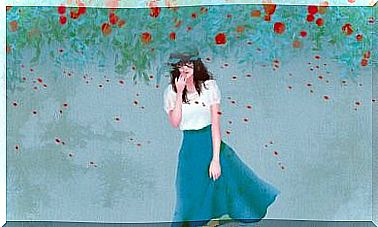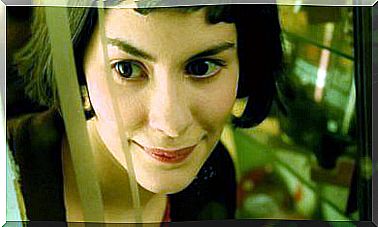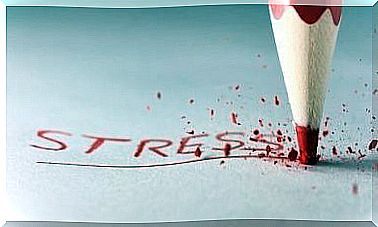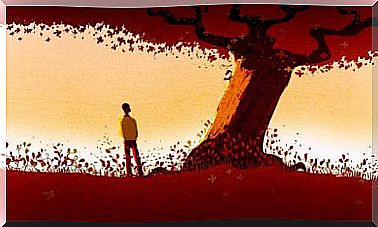What Are Hallucinations And What Types Are There?

Hallucinations are psychological phenomena which, due to their uniqueness and relatively low prevalence, arouse great interest. They present in different health conditions and with very diverse manifestations, which is why today we are going to discuss the different types of existing hallucinations.
The first and most concise definition of this term, we owe it to the French psychiatrist Esquirol. He described hallucination as “a perception without an object”.
That is to say that when we suffer from a hallucination, we perceive images, sounds, smells… without any external stimulus to arouse this perception.

Hallucinations or illusions?
Hallucinations have often been confused with illusions when in reality their differences are clear. In the case of illusion, there is an external stimulus, but it is perceived wrongly. This would be the case when one wakes up in the middle of the night and observes the chair in the bedroom full of clothes, one thinks that one sees the silhouette of a person.
Another big difference is that illusions passing through the filter of reason quickly disappear. In contrast, hallucinations present themselves with the same force and impact as a reality and resist any sort of rational reflection. In other words, the person has a firm belief that what they perceive really exists.
What types of hallucinations are there?
There are different ways of classifying hallucinations: according to their complexity, their cause, their mode of appearance… In this case, we will be interested in the type of hallucinations that exist according to the sensory mode in which they occur.
Visuals
In visual hallucinations, the individual perceives through sight something that is not really there. They can be simple, like flashes of light, or complex. These are much more elaborate and the person can see entire scenes that include moving figures in color.
This is the type of hallucination that occurs during the transition from wakefulness to sleep. They are also characteristic of altered states due to substance use and often appear during alcohol withdrawal.
Auditory
They are the most frequent and the most common in cases of schizophrenia. As in the previous case, the person can only hear elementary sounds or full conversations.
Their content is generally threatening or imperative. The individual may hear orders, be scolded, or even hear several voices talking about him.
Tasteful and olfactory
They usually appear together and are much less common than the previous ones. These are usually unpleasant smells and tastes.
In the case of scents, the person may think the smell is coming from their own body (I can smell the putrefaction) or from outside (my whole house smelled like urine). Hallucinations of taste can make a person believe they are poisoned by food.
Somatic
They are bodily sensations, physical perceptions in a part of the body. The individual can feel an electric current, perceive that he is petrified, that his body is torn or that his organs are decomposing.
Tactile or haptic
They involve the sense of touch. People feel that they are affected, caught, burnt ... (passive) or touching something that does not exist in reality (active).
Kinesthetics
They involve an erroneous perception of the movement of his body. The person may feel like they are levitating or being moved.
They are common in patients with Parkinson’s disease and certain types of schizophrenia, as well as in those who use psychoactive substances.

Hallucinations and mental health
Hallucinations are often associated with psychological disorders. While it is true that many mental disorders, such as schizophrenia, bipolar disorder or dementia, are accompanied by this phenomenon, it is not its only cause. They can also be caused by substance use or withdrawal, such as brain damage or tumors.
Finally, even healthy people can hallucinate, as in the case of sleep paralysis, migraine auras, or those who believe they see or hear a loved one who has died during the grieving process. In any case, if these are frequent or adversely affect our well-being, it is necessary to consult a specialist.









